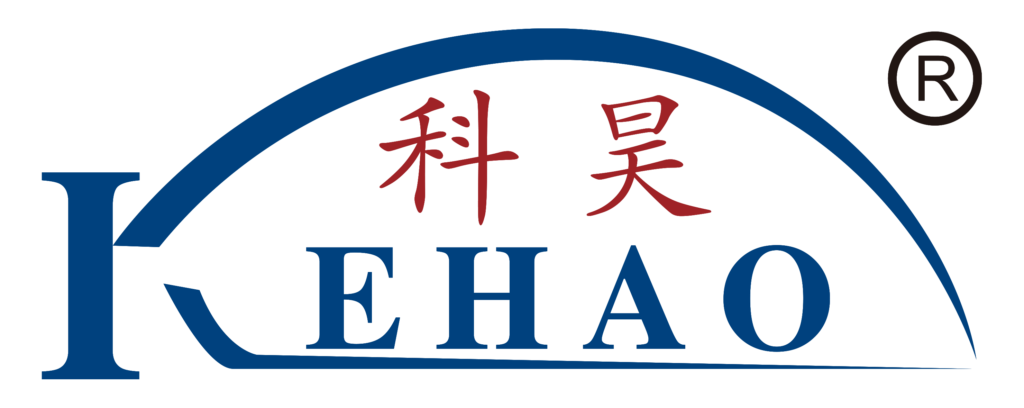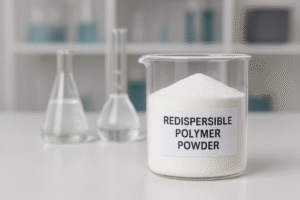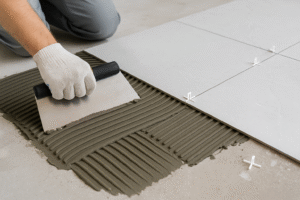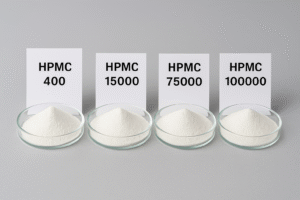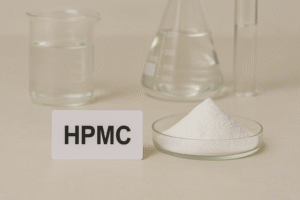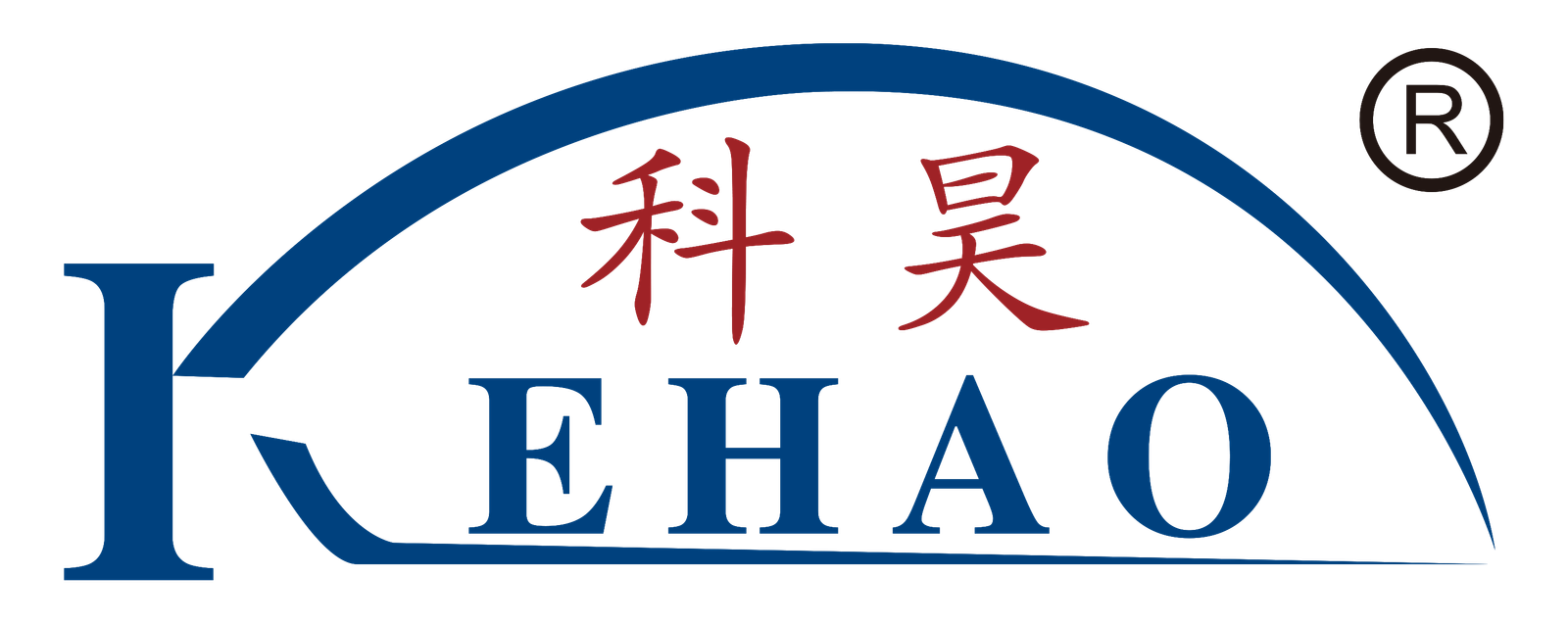Struggling with peeling paint, uneven walls, and ugly blemishes that show through your paint job? Many homeowners waste money on premium paints while missing this crucial preparation step.
Wall putty1 is a white cement-based powder mixed with water to create a smooth paste that fills cracks, holes, and uneven surfaces before painting. It provides a perfect base for paint adhesion, extends paint life, prevents moisture problems, and ensures a professional-looking finish on walls.
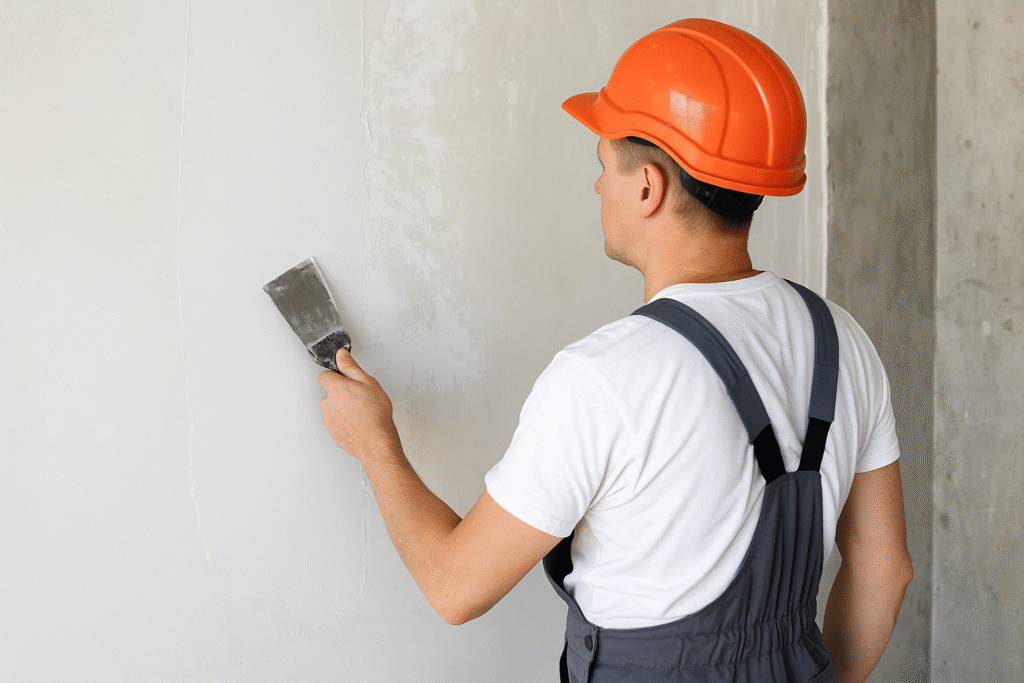
I've visited hundreds of construction sites across developing countries, and I've noticed a pattern: buildings that skip the wall putty step often need repainting within 1-2 years. Meanwhile, projects using quality wall putty maintain their fresh look for 5+ years. Let me explain why this simple product makes such a difference.
What Is Wall Putty?
Are your walls showing imperfections no matter how many paint coats you apply? Your problem isn't the paint quality—it's what's underneath.
Wall putty1 is a white cement-based powder mixed with water to create a paste that fills wall imperfections before painting. It consists of minerals, polymers, and binders designed to create a smooth, even surface that helps paint adhere properly while preventing moisture damage and extending paint life.
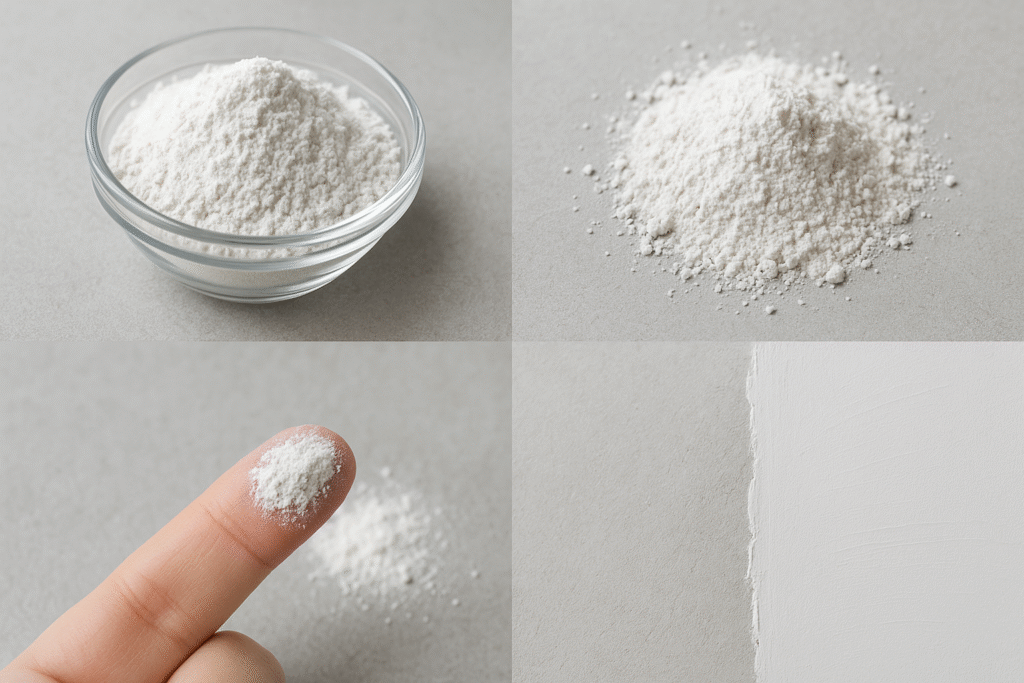
Wall putty serves as the foundation of any professional painting job. In our factory, we produce different formulations to meet varying needs of construction projects worldwide. Unlike ordinary fillers that just fill holes, quality wall putty creates a uniform surface across the entire wall.
Types of Wall Putty
Understanding the different types of wall putty helps you choose the right product for your specific project. The main types include:
-
- Made primarily from white cement, fine minerals, and polymers
- Excellent for both interior and exterior applications
- Superior water resistance and durability
- Requires mixing with water before application
- Takes longer to dry (24-48 hours)
- Ideal for new construction and major renovations
-
- Water-based formula with acrylic resins
- Primarily for interior applications
- Ready-to-use in most cases
- Faster drying time (6-12 hours)
- More flexible and less prone to cracking
- Better for maintenance work and quick repairs
-
POP (Plaster of Paris) Based Putty:
- Made from gypsum with additives
- Quick setting time
- Less water-resistant
- Used mostly for interior decorative work
- Not recommended for high-humidity areas
During my visits to construction sites4 in Saudi Arabia and UAE, I've noticed contractors increasingly preferring cement-based wall putty for exterior walls due to the harsh climate conditions. The right putty type depends on factors like climate, wall substrate, and budget constraints.
| Putty Type | Base Material | Drying Time | Water Resistance | Best For |
|---|---|---|---|---|
| Cement-Based | White cement | 24-48 hours | Excellent | Exterior & Interior |
| Acrylic | Acrylic resin | 6-12 hours | Good | Mainly Interior |
| POP-Based | Gypsum | 3-6 hours | Poor | Interior only |
Benefits of applying wall putty before painting
Have you noticed how some buildings maintain their fresh look for years while others quickly develop peeling paint and ugly patches? The difference often lies in one critical preparation step.
Applying wall putty before painting creates a smooth, uniform surface that allows paint to adhere properly. It fills imperfections, prevents moisture penetration, reduces paint consumption by up to 15%, and significantly extends the life of the paint job—ultimately saving both time and money.
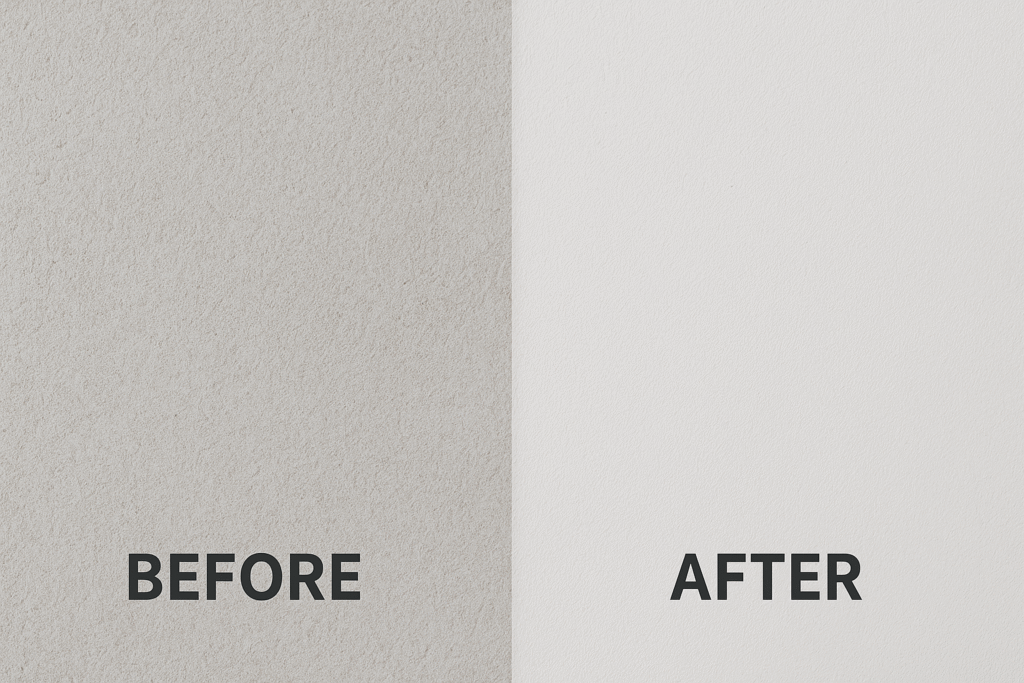
During my recent trip to a major construction project in Pakistan, the contractor showed me two sections of the same building—one with our HPMC-enhanced wall putty and one without. After just one monsoon season, the difference was striking. The section without putty already showed signs of paint peeling and efflorescence, while the properly prepared section remained flawless.
Creates a Smooth, Professional Finish
The primary purpose of wall putty is to create a perfectly smooth canvas for paint application. Even minor wall imperfections become glaringly obvious after painting, especially with glossy or semi-gloss finishes. Wall putty fills:
- Hairline cracks and crevices
- Small holes from nails or screws
- Uneven textures from previous repairs
- Natural pores in cement and concrete
- Joint marks between drywall sheets
The smooth surface not only looks more professional but also creates consistent light reflection across the entire wall. This uniformity is especially important in spaces with side lighting (from windows or wall sconces), where even minor imperfections cast noticeable shadows.
I've heard from many customers who initially tried to skip this step to save money, only to be disappointed with their paint job—finding that expensive premium paint couldn't compensate for inadequate surface preparation.
Improves Paint Adhesion and Durability
Poor paint adhesion is the leading cause of premature paint failure. Wall putty significantly improves adhesion by:
- Creating chemical bonds between the wall substrate and paint layer
- Reducing surface alkalinity that can damage paint
- Providing a uniform porosity for even paint absorption
- Sealing the surface against moisture migration
In our laboratory tests with hydroxypropyl methylcellulose5 (HPMC) enhanced wall putty, we've documented up to 300% improvement in paint adhesion compared to unprepared surfaces. This translates directly into longer-lasting paint jobs and reduced maintenance costs.
For commercial buildings like hotels and offices, this means less frequent repainting cycles and minimal disruption to business operations. For homeowners, it means more years between repainting projects and better protection for the underlying structure.
Prevents Moisture Problems and Wall Damage
Wall putty does more than just prepare for painting—it actively protects walls from damage. Quality wall putty forms a protective barrier that:
- Prevents moisture penetration from outside
- Reduces efflorescence (white salt deposits on walls)
- Inhibits growth of mold and mildew
- Minimizes expansion and contraction from temperature changes
- Protects against carbonation of concrete
This protection is particularly valuable in tropical and coastal regions. During my visits to construction sites in Vietnam and the Philippines, I've seen firsthand how buildings with proper wall putty application withstand the humid conditions much better than those without.
In one case study from Singapore, a condominium complex that used our HPMC-modified wall putty showed 70% less moisture-related problems after five years compared to similar buildings constructed without it. The initial investment in quality wall putty paid dividends in reduced maintenance and higher property values.
Conclusion
Wall putty is far more than just a cosmetic preparation—it's a crucial investment in the longevity and appearance of any painted surface. By creating a smooth finish, improving paint adhesion, and protecting against moisture, wall putty delivers both immediate aesthetic benefits and long-term structural protection.
-
Explore this link to understand the essential role of wall putty in achieving a flawless paint finish. ↩ ↩
-
Find out why cement-based wall putty is preferred for both interior and exterior applications. ↩
-
Explore the advantages of acrylic wall putty for quick repairs and interior applications. ↩
-
Explore the challenges of skipping wall putty in construction and the benefits of proper preparation. ↩
-
Find out how HPMC enhances wall putty performance and improves paint adhesion. ↩
